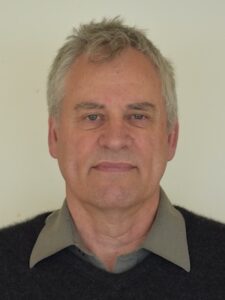Germanium semiconductor detectors have become the “gold standard” for measuring the energies and intensities of gamma rays. With unsurpassed energy resolution and well-understood response, they have evolved from the early Ge(Li) detectors of a few cm3 to today’s hyper-pure Ge detectors with volumes of over 600 cm3. They have become the work-horse of radio-assay, beta decay, in-beam nuclear structure experiments, and even used for gamma-ray astronomy. In recent decades, new operating modes for Ge detectors have also enabled their use in the search for Dark Matter and neutrinoless double beta decay.
The development of Ge detectors, and of large arrays of such detectors for nuclear physics experiments, will be discussed, together with some of the principles behind their operation. I will then present some recent developments in novel systems, focusing in particular on their application in the search for neutrinoless double beta decay and gamma-ray tracking.

Corporate Fellow and Section Head
Physics Division, Oak Ridge National Laboratory
David is a native of New Zealand, where he studied at Auckland University. He was a staff
scientist at Chalk River Laboratory in Ontario, Canada, before moving to ORNL in 1997. With
long experience using germanium detectors for fundamental physics research, he has worked
on GRETINA/GRETA and the MAJORANA DEMONSTRATOR. He is now the U.S Project Director of the Large Enriched Germanium Experiment for Neutrinoless ββ Decay (LEGEND-1000). LEGEND-1000 is a search for a hypothesized very rare decay of atomic nuclei, called neutrinoless double-beta decay. If seen, this decay would prove that the neutrino and anti-neutrino are the same particle and that Lepton Number is not conserved. It could help solve the long-standing question of how the Big Bang produced the universe with an excess of matter over antimatter.
